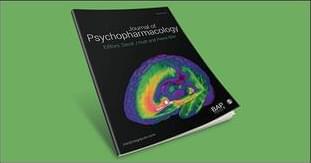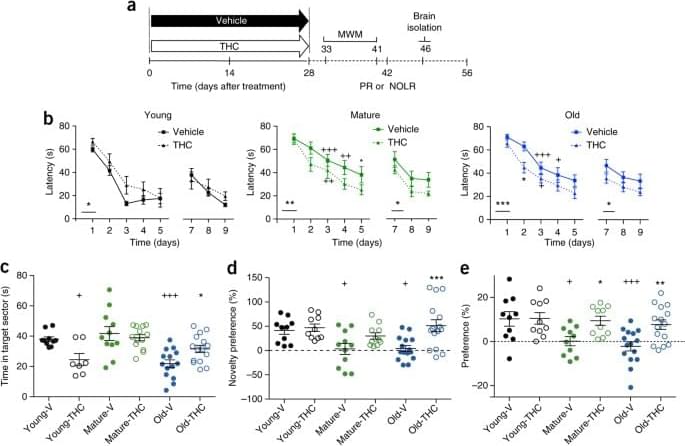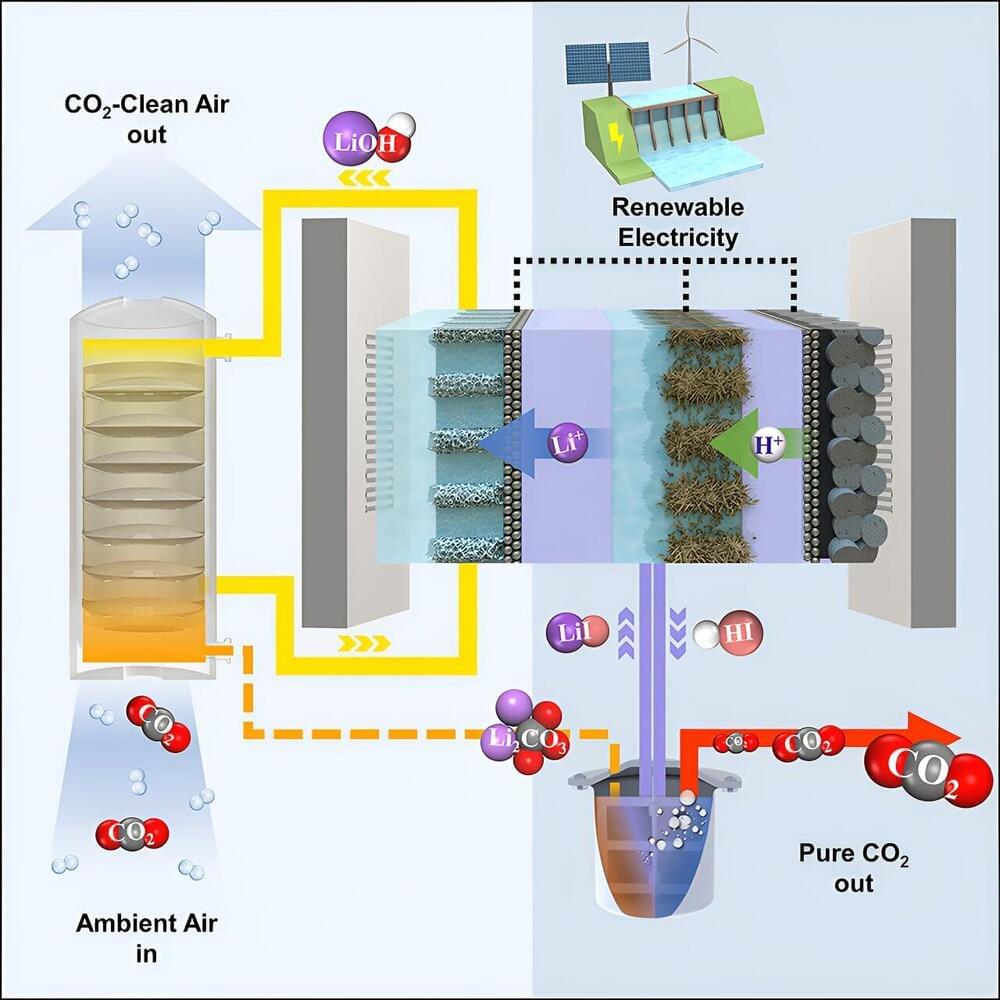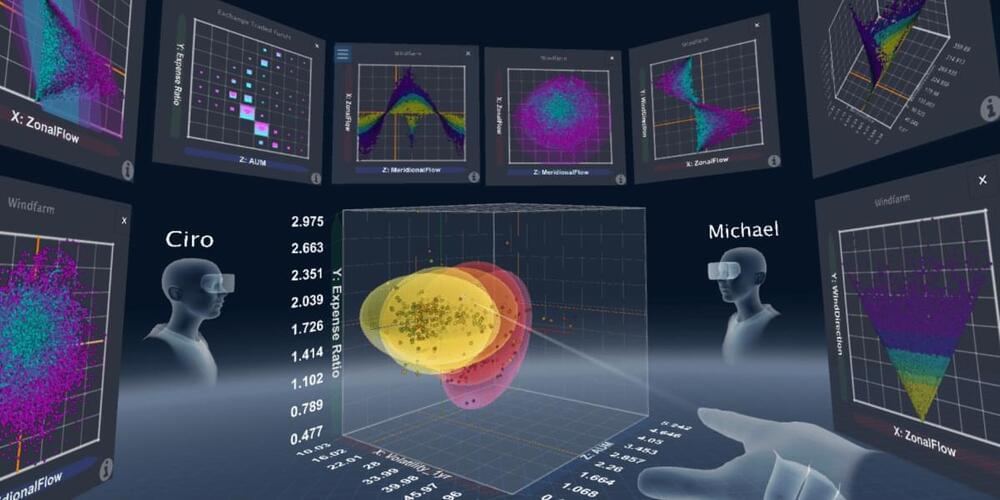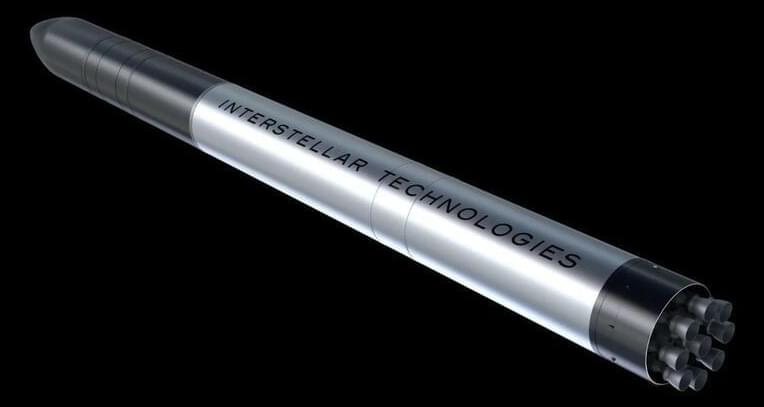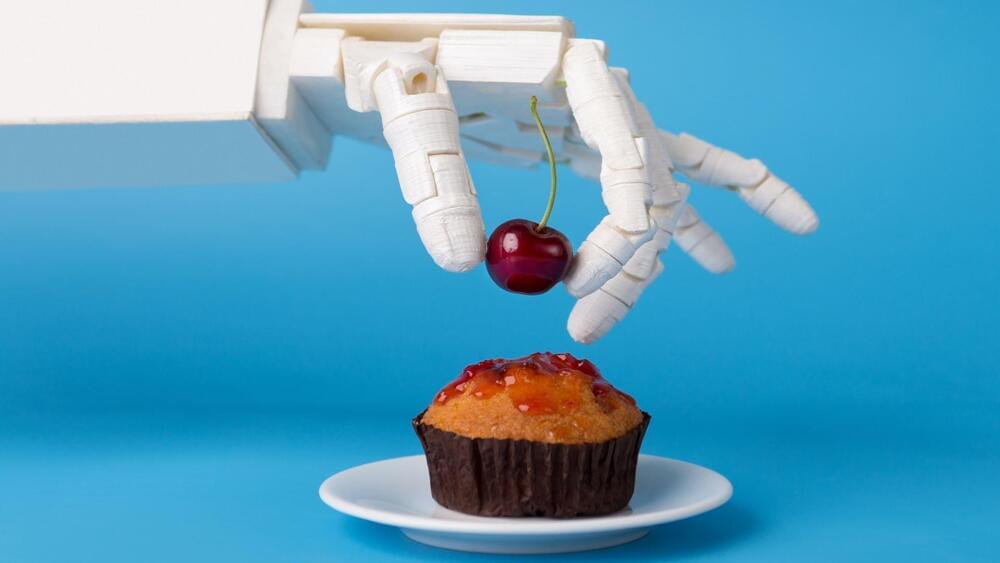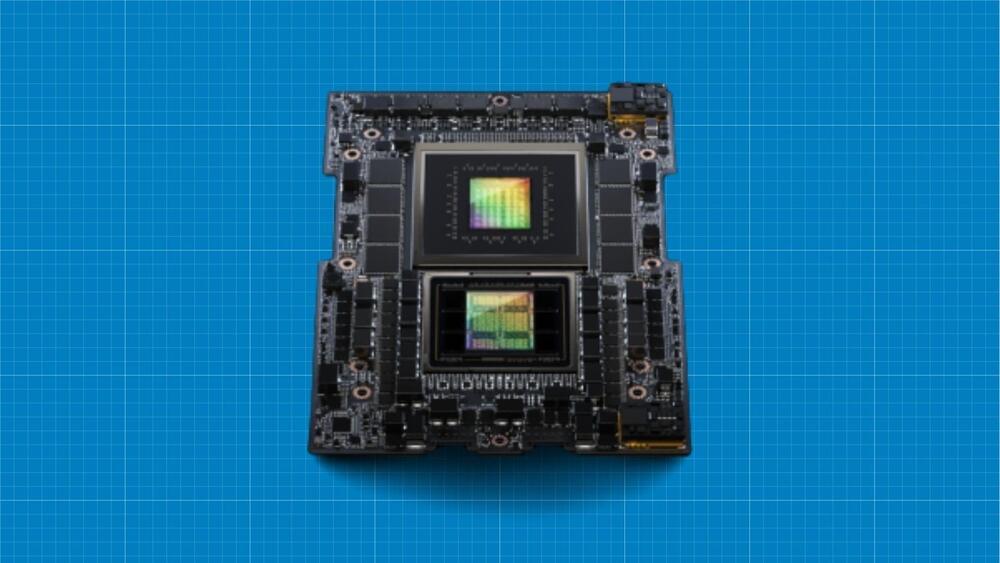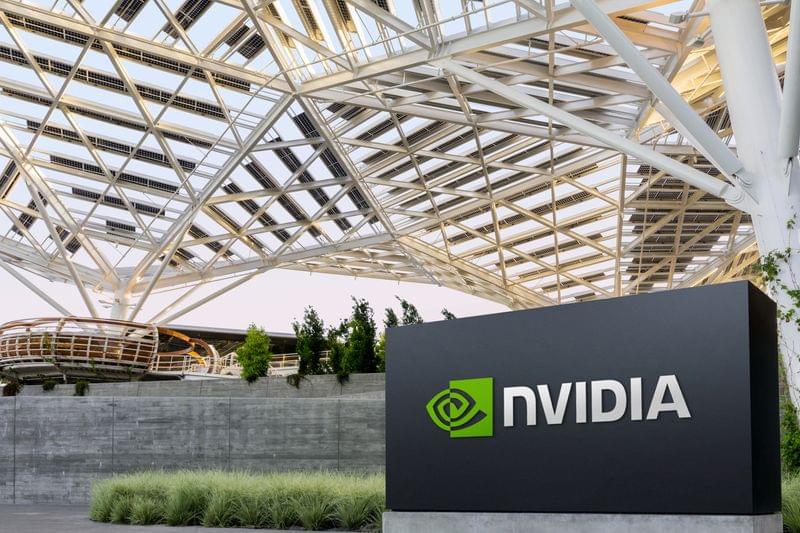Often seen negatively cannabis seen truthfully is a miracle plant even derivatives like cbd have cured some of the hardest mental disorders to cure like dementia alleviating symptoms to bring a person closer to health than before. Also now with this study veterans often seen incurable due to the unknown factors of ptsd and unknown factors of the human brain now are seeing relief through cannabis usage in a therapeutic setting 😀 Even the plant itself is some sorta miracle plant alleviating some thought incurable diseases.
😗😁 Year 2017 Cannabis restores brain function and reverses aging 😗.
In mice aged 12–18 months, chronic administration of low-dose Δ9-tetrahydrocannabinol (THC) improves performance in behavioral learning and memory tasks, whereas a similar administration in younger mice (aged 2 months) impairs performance.
A team from the University of Toronto’s Faculty of Applied Science & Engineering has invented a device that leverages electrochemistry to increase the efficiency of direct air carbon capture. Their alternative strategy aims to accelerate the widespread adoption of this emerging technology.
“The technology required to pull carbon directly out of the air has been developing for decades, but the field is now accelerating with governments and industry investing in the infrastructure required to actually do this at scale,” says David Sinton, a professor in the faculty’s department of mechanical and industrial engineering and senior author on a paper published in Joule that outlines the new technique.
“One key barrier is that current processes require a lot of energy, and indeed emit a fair amount of carbon themselves,” says Sinton, who holds a Canada Research Chair in microfluidics and energy and is academic director of the Climate Positive Energy Initiative, one of U of T’s Institutional Strategic Initiatives.
Head over to our on-demand library to view sessions from VB Transform 2023. Register Here
California-based Virtualitics, a startup providing enterprises with an AI-driven platform for 3D data exploration, today announced $37 million in a series C round of funding. The company said it will use the capital to expand its footprint and add more capabilities to its offering to make it easier for users to analyze and understand complex, business-critical datasets.
The round has been led by Smith Point Capital with participation from Citi and advisory clients of The Hillman Company, among other investors. It takes the total capital raised by Virtualitics, which took off from Caltech and NASA’s Jet Propulsion Lab in 2016, to $67 million.
You can keep saving up to buy a six-figure ticket to space, or try this new Citizen Astronaut Program to earn your spot through passion and commitment to positive change.
The private space firm, Interstellar Technologies, aims for an orbital launch by 2025.
Interstellar Technologies, a Japanese startup that has successfully launched three suborbital rockets, is now gearing up for its first orbital mission. The company plans to conduct a static fire test of its Zero rocket later this year, which will be a crucial step towards launching it into orbit by 2025.
Credits: Interstellar Technologies.
Biomethane as rocket-fuel.
New Zealand’s Pak’nSave bot is powered by OpenAI’s GPT 3.5.
Developed to churn out recipes for leftover food in people’s homes, a meal bot is now handing out (disaster) recipes to customers. The AI bot is a product of Pak’nSave, a New Zealand-based supermarket chain, and is powered by OpenAI’s GPT 3.5.
Not reviewed by humans.
Prostock-Studio/iStock.
In its dual configuration, the superchips will offer 3.5x more memory capacity and 3x more bandwidth than the current generation chips.
The world’s leading supplier of chips for artificial intelligence (AI) applications, Nvidia, has unveiled its next generation of superchips created to handle the “most complex generative AI workloads,” the company said in a press release. Dubbed GH200 GraceHopper, the platform also features the world’s first HBM3e processor.
The new superchip has been designed by combining Nvidia’s Hopper platform, which houses the graphic processing unit (GPU), with the Grace CPU platform, which handles the processing needs. Both these platforms were named in honor of Grace… More.
Nvidia.
The Chinese groups had also purchased a further $4 billion worth of graphics processing units to be delivered in 2024, according to the report.
A Nvidia spokesperson would not elaborate on the report but said that consumer internet companies… More.
(Reuters)-China’s internet giants are rushing to acquire high-performance Nvidia chips vital for building generative artificial intelligence systems, making orders worth $5 billion, the Financial Times reported on Wednesday. Baidu, TikTok-owner ByteDance, Tencent and Alibaba have made orders worth $1 billion to acquire about 100,000 A800 processors from the U.S. chipmaker to be delivered this year, the FT reported, citing multiple people familiar with the matter. A Nvidia spokesperson would not elaborate on the report but said that consumer internet companies and cloud providers invest billions of dollars on data center components every year, often placing orders many months in advance.
A New Zealand supermarket experimenting with using AI to generate meal plans has seen its app produce some unusual dishes – recommending customers recipes for deadly chlorine gas, “poison bread sandwiches” and mosquito-repellent roast potatoes.
The app, created by supermarket chain Pak ‘n’ Save, was advertised as a way for customers to creatively use up leftovers during the cost of living crisis. It asks users to enter in various ingredients in their homes, and auto-generates a meal plan or recipe, along with cheery commentary. It initially drew attention on social media for some unappealing recipes, including an “oreo vegetable stir-fry”.
Pak ‘n’ Save’s Savey Meal-bot cheerfully created unappealing recipes when customers experimented with non-grocery household items.
